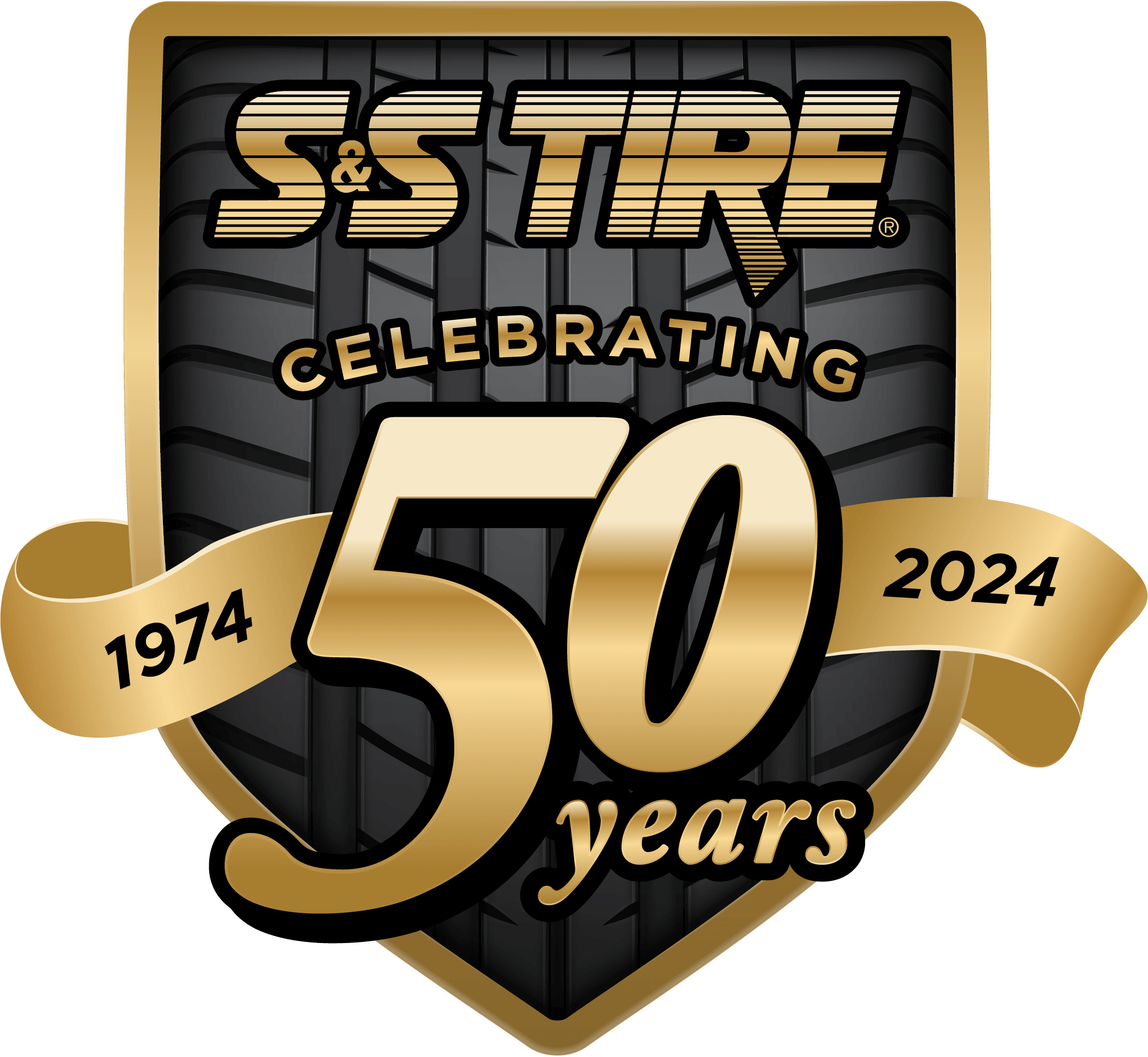 Anyone who has shopped for tires understands that the wide array of choices can leave you feeling overwhelmed and wondering how you will ever figure out which tires are the right choice for your vehicle.
Anyone who has shopped for tires understands that the wide array of choices can leave you feeling overwhelmed and wondering how you will ever figure out which tires are the right choice for your vehicle.
While some may go into the tire buying experience thinking all tires are basically the same, they soon discover there are actually many distinct characteristics and features to consider when selecting tires. It may seem impossible to tell one tire from the next at a glance, but if you look more closely, each tire tells you a lot through its tire code. Imprinted into the side of the tire, you may have noticed the tire code on your tires from time to time, while washing your car or checking your tire pressure.
Each part of the tire code alpha-numeric sequence tells you something about the tire. Being able to read the tire code on your current tires will help you determine the type of replacements you need.

Type of Tire
The type of tire and it’s intended use are indicated by the first letter in the code. Letter designations include P for passenger vehicles, T for temporary spare, LT for light truck metric, C for commercial, and ST for special trailer service.
Section Width
Following the tire type letter is the section width of the tire, which is listed in millimeters. This is the widest point from sidewall-to-sidewall, so a larger number indicates a wider tire. In this case, the tire has a width of 215 millimeters.
The proper size and tire type are important to assure safety and the best tire performance. Buying a quality tire will not guarantee the best performance if the tire is not made to accommodate the weight and design of your vehicle. Also, since tire size is a factor in the calculations of the computerized functions of today’s vehicles, it is essential to install the recommended tire size.
Next time, we will continue looking at tire code with understanding the Aspect Ratio, Tire Construction, and Wheel Diameter.
